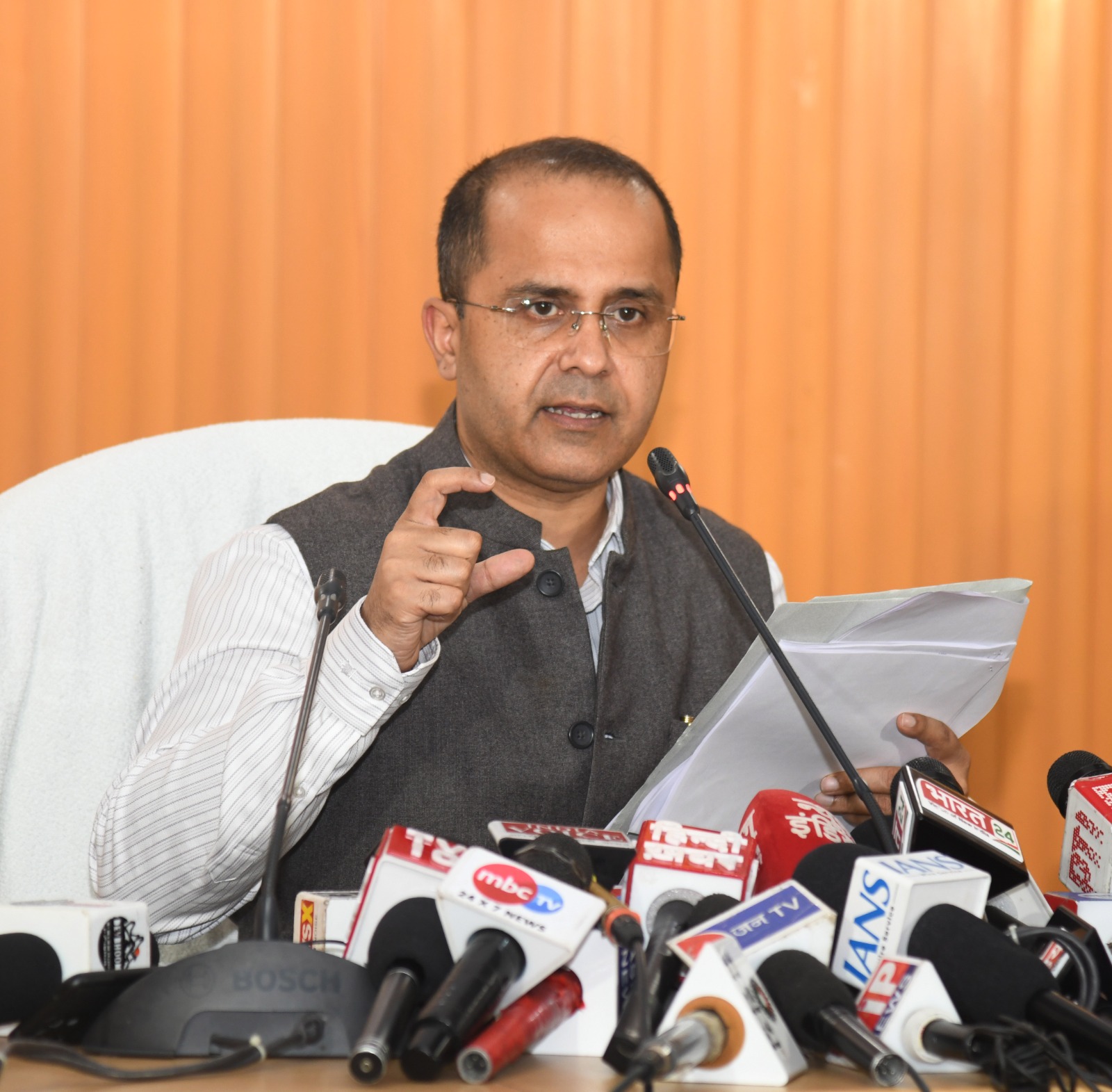DAINIK NATION BUREAU
Few hours after NGT conditional approval on odd even vehicle rationing scheme, the Arvind Kejriwal-led government called off the odd-even scheme to be implemented from Monday. NGT had refused to give exemptions, including to two-wheeler riders, woman-only commuters and government vehicles.
Meanwhile, claiming that the air quality in the Capital has been “improving” over the past two days, Union Environment Minister Harsh Vardhan said the people of Delhi “need not panic. Several steps are being taken to mitigate air pollution”.
As politicians remained busy shifting the onus, at a meeting of the newly constituted Environment Ministry committee, representatives of Haryana and Punjab admitted to their contribution to Delhi’s problem.
Punjab and Haryana representatives told the panel that “stubble burning in their states was over and in the medium term, further problems because of that may not arise”.
“However, both states requested that long-term measures need to be put in place to ensure that this does not happen every year. On these issues, it was decided that the committee will continue to meet regularly and discuss viable options
like incentivising farmers, providing subsidised equipment and using existing technologies to tide over the problem,” officials added.
As Delhi reported a “better situation” than the past few days, the quality of air remained in the “severe” category. A major contributor to this pollution is also vehicular traffic, largely trucks and two-wheelers that the NGT wanted to be included in the odd-even scheme.
Meanwhile , Transport Minister Kailash Gahlot said: “We respect the NGT decision. Two conditions that two-wheelers and women cannot be exempted make it difficult to implement odd-even as we do not have adequate buses.
“Also, we cannot compromise with the safety of women. We cannot take risks. PM 2.5 and PM 10 levels have also come down. So, at the moment, we are calling it off. We will file a review application in the NGT on Monday.”
While the Kejriwal government’s plan would have mostly targeted private vehicles, the study shows cars and jeeps contribute less than 10 per cent of both PM 2.5 and PM 10. On the other hand, the share of trucks and two-wheelers is around 46 per cent and 33 per cent, respectively Road dust is another big contributor (around 35 per cent) to PM 2.5.
 Dainik Nation News Portal
Dainik Nation News Portal




